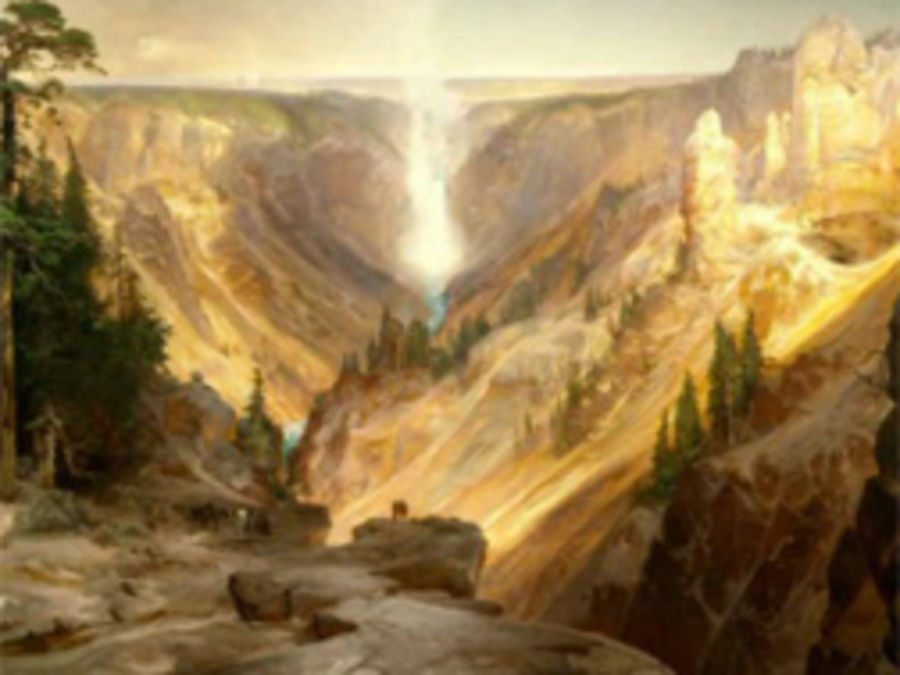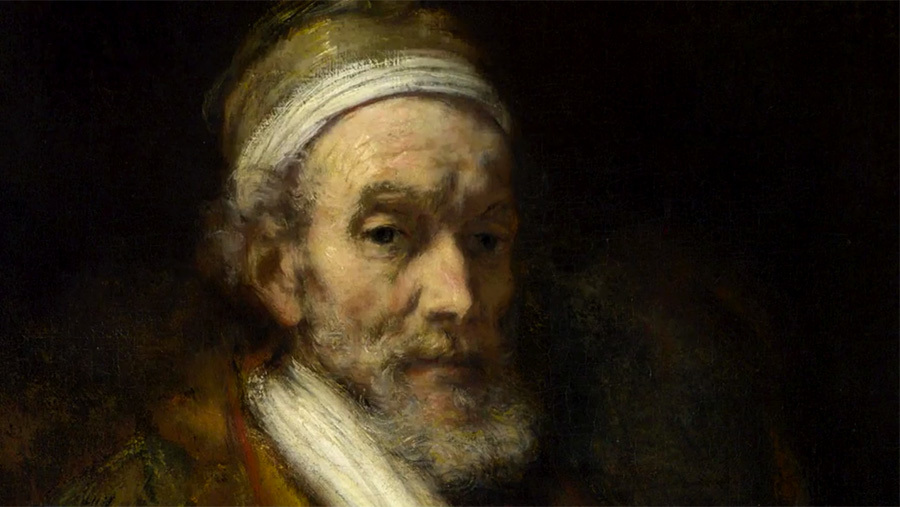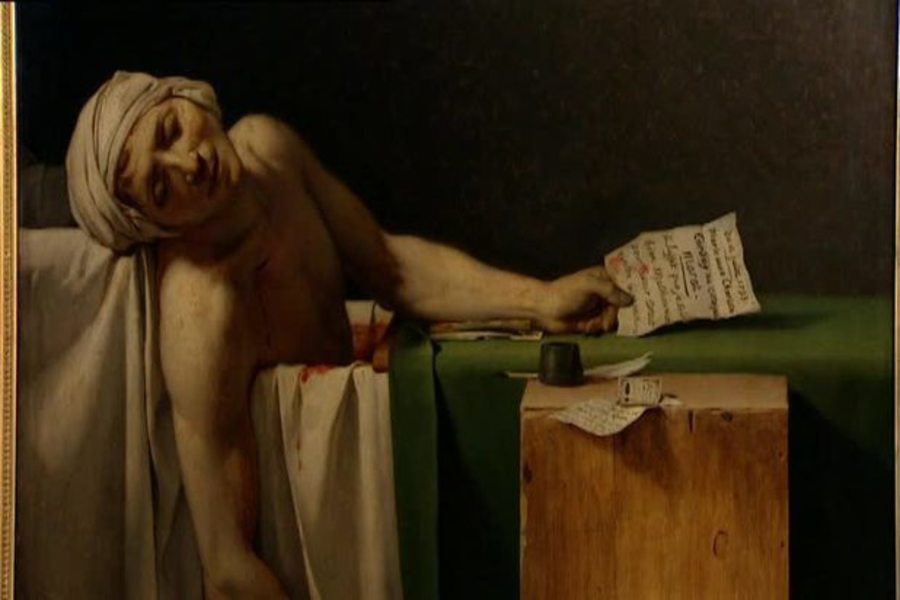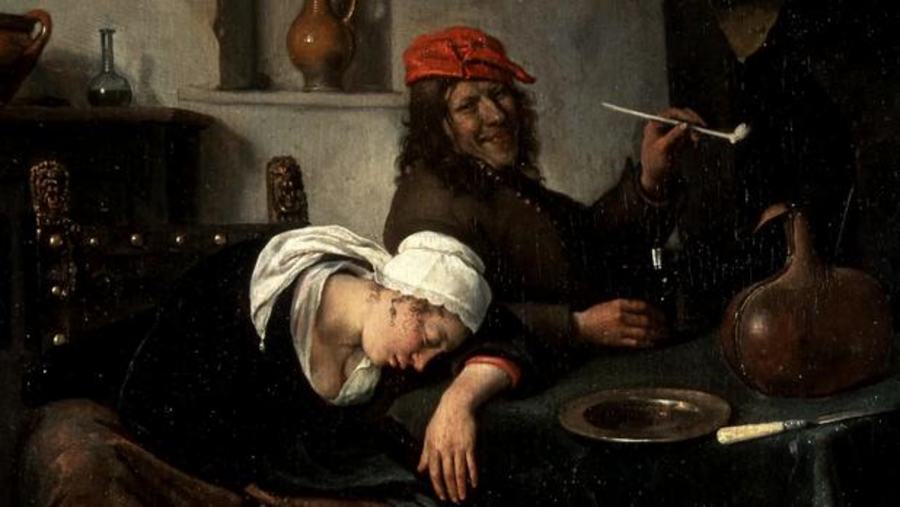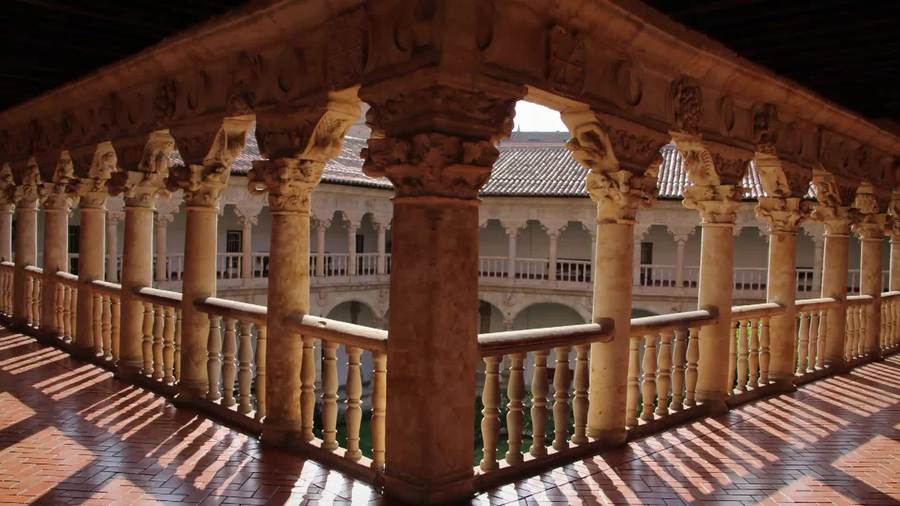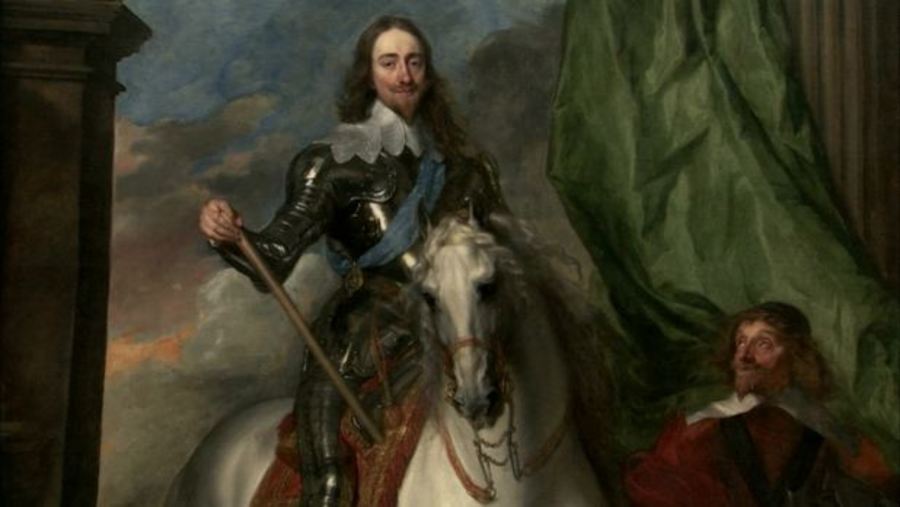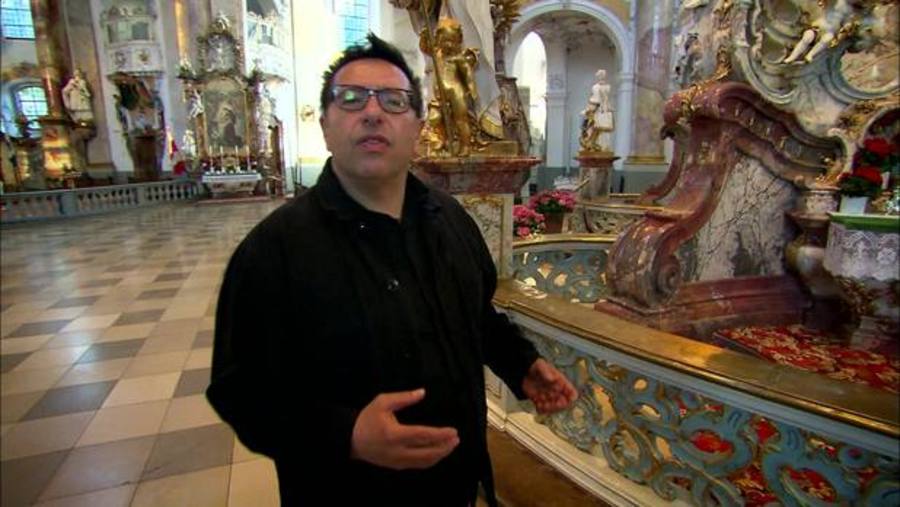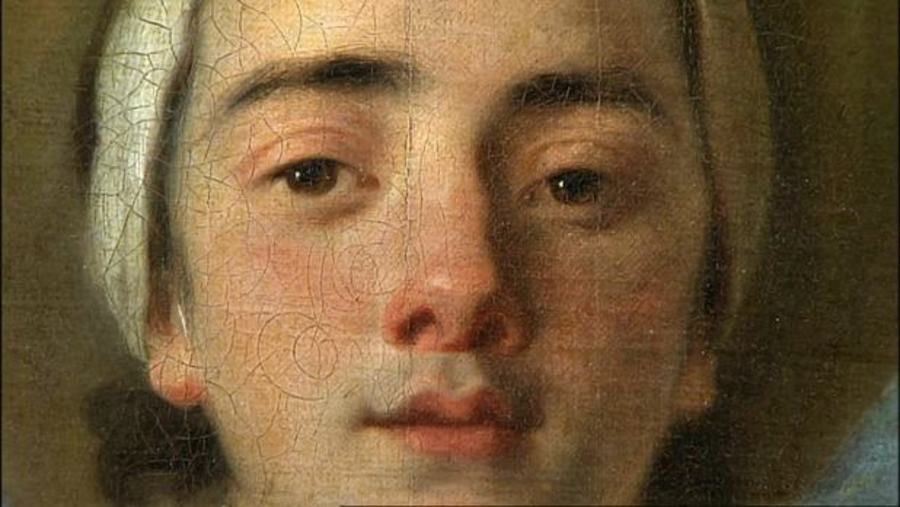 Try these videos to get started. Must be on campus or login with your COM account for off campus access.
Try these videos to get started. Must be on campus or login with your COM account for off campus access.
Want more on finding media? Try Articles & Media.
-
Art of America: Looking for Paradise (51:06)
In this program, Andrew Graham-Dixon follows in the footsteps of the pioneers who built the foundations of America as he explores American painting from the 17th through the 19th centuries. He examines the earliest portraits in America and uncovers the dark truth behind Benjamin West’s famous Treaty of Penn with the Indians. In Philadelphia, he turns the pages of one of the world’s most expensive books—John James Audubon’s exquisite Birds of America—and explores the wilderness that inspired great landscape painter Thomas Cole. Graham-Dixon argues that despite idyllic themes in American art, progress and innovation have come at a high price. A BBC Production. Part of the series Art of America.
-
BBC: Rembrandt (01:00:04)
For art historian Simon Schama, Rembrandt is the greatest artist of all time. In this beautiful film, Schama, one of the world’s leading experts on Rembrandt, assesses the Dutch master's final works as he faced the challenges of old age. In his last years leading up to his death in 1669, he was to find a whole new artistic language to express the pleasures and pains of growing old. Far from diminishing as he aged, his creativity gathered new energy in the final years of his life. Rembrandt's twilight years were turbulent—plagued by illness, poverty, and bereavement. But exquisite beauty was borne from this misery, and, despite at the time being dismissed as substandard, grotesque even, the artist's late works were full of passion, innovation, and deep self-reflection. Filmed in the picturesque city of Amsterdam, the program is a sumptuous visual treat, as well as offering an intriguing insight into a particularly vivid period of the great artist’s oeuvre. A BBC Production.
-
Chasing Rembrandt: How Art Became a Business (52:52)
DESCRIPTION
In no other epoch were artists in the Netherlands so productive, nor the demand for art so great as during the age of Rembrandt. This period saw new genres, and the birth of art markets and the profession of art dealers. This documentary explores this extraordinary period in which business and art merged for the first time. How did such a flourishing period for art come about? What innovations do we owe to this period and what significance does it have for our view of and approach to art today?
-
David: Great Artists (23:47)
Jacques-Louis David was a revolutionary artist in every sense. He was also fully committed supporter of the French Revolution and Napoleon using his art as a powerful instrument of political propaganda. As the originator of a hard-edged form of neoclassicism, he gave contemporary life something of the grandeur of ancient Rome or Greece. But his involvement in politics at one point almost cost him his life, and in the end forced him into exile. In this program, Tim Marlow analyzes works including The Oath of the Horatii and The Death of Marat.
-
PBS: Vermeer, Beyond Time (01:26:18)
Vermeer, Beyond Time explores the life and work of Dutch painter Johannes Vermeer. In this documentary, Jean-Pierre Cottet focuses on not only his work, but also his family life. In 1675, overwhelmed by poverty, physically weakened, and humiliated, Vermeer dies at the age of 43. His rediscovery some 200 years later has seen his popularity soar, claiming both our hearts and our admiration.
-
Treasures of Baroque Art
The series features the most beautiful cathedrals, churches, and palaces all in the Baroque style, found mainly in the countries that were under the domination of the Austrian Habsburg Empire in the 15th and 16th centuries.
-
Understanding Art: Baroque Series
In this three-part series, art critic Waldemar Januszczak takes us on a journey to explore the Baroque tradition in many of its key locations. Starting in Italy and following the spread of the wildfire across Europe and beyond, Januszczak shows us best examples of Baroque to be found, and tells the best stories behind those works. Part One begins at St.Peter’s in Rome and details the birth of the Baroque tradition as it burst forth in Italy. Part Two follows Baroque to its dark heart in Spain, focusing on the route of the pilgrimage to Santiago de Compostela, and featuring star painters Velasquez, Caravaggio, and Zurburan. We then follow on through Belgium and Holland to discover such celebrities as Rubens and Vermeer. Part Three explores the English Baroque tradition which finds its climax through Christopher Wren and the iconic St. Paul’s Cathedral. Winner Best Arts Documentary, RTS Awards 2010. 3-part series, 1 hour each.
-
Understanding Art: Rococo Series
The Rococo was the art movement that followed the Baroque, and the common reaction to it today is to see it as a decline in seriousness: adescent into frippery, decoration and corruption. In 19th century Britain, before the term ‘Rococo’ achieved global usage, it was known as ‘the French style’, and looked down as a slide into mindless ornamentality and absurd foreign pretention. Art critis Waldemar Januszczak disagrees. As the follow-up to his award-winning series on the Baroque, Waldemar argues that the Rococo age was actually the age in which the modern world was born. Picking three key territories of Rococo achievement – Travel, Pleasure and Doubt – Waldemar celebrates the finest cultural achievements of the period and examine the drives and underlying meanings which make them so prescient. 3-part series, 1 hour each.
-
Watteau: Hidden Lives of Works of Art (51:56)
The artist who created the fête galante painting style achieved wide recognition during his lifetime, and yet virtually all of Antoine Watteau’s major works are cloaked in mystery, raising unanswered questions as to their origins, provenances, and meanings. Should his Pilgrimage to Cythera be interpreted as an arrival or a departure? Why, and for whom, was the no less innovative Pierrot (or Gilles) brought into being? Is the air of melancholy that envelops typically light-hearted subjects an artifact from Watteau’s era, perhaps even a hint of his innermost self, or is it merely a side effect of our modern perspective? These questions and many others are woven into the Rococo master’s legacy. To address them the Louvre initiated its Watteau Study Days, documented here in this fascinating film. Viewers are shown highlights from a 48-hour period in which important works were taken down from the walls and out of their frames, then subjected to detailed study by leading art historians. A part of the series Hidden Lives of Works of Art.
![]() Try these videos to get started. Must be on campus or login with your COM account for off campus access.
Try these videos to get started. Must be on campus or login with your COM account for off campus access.